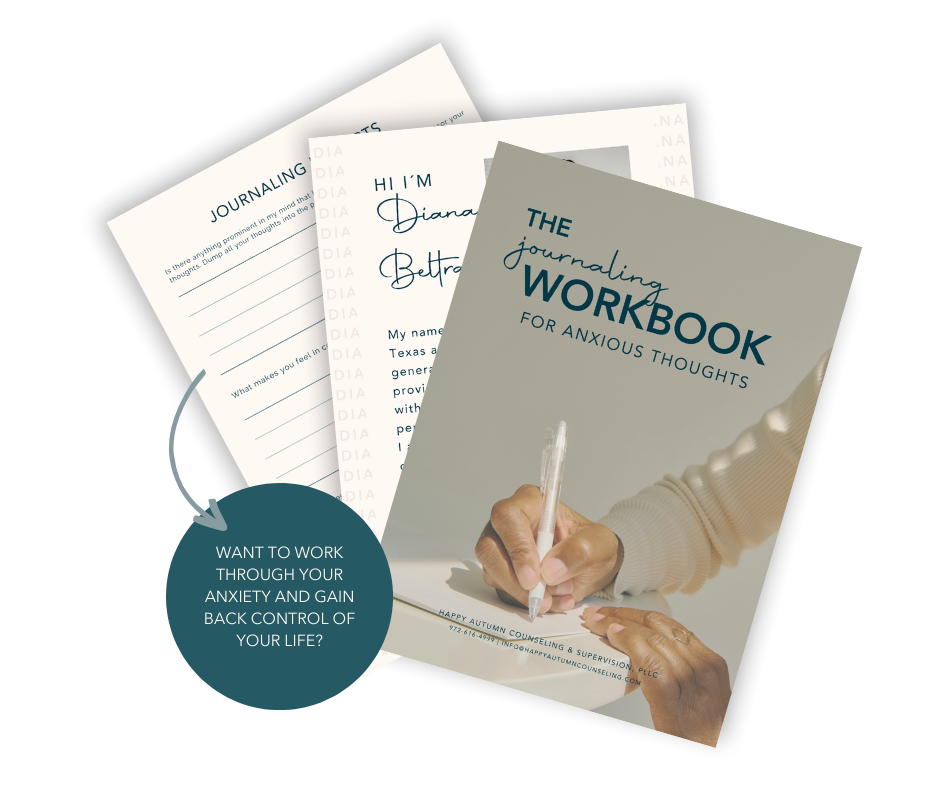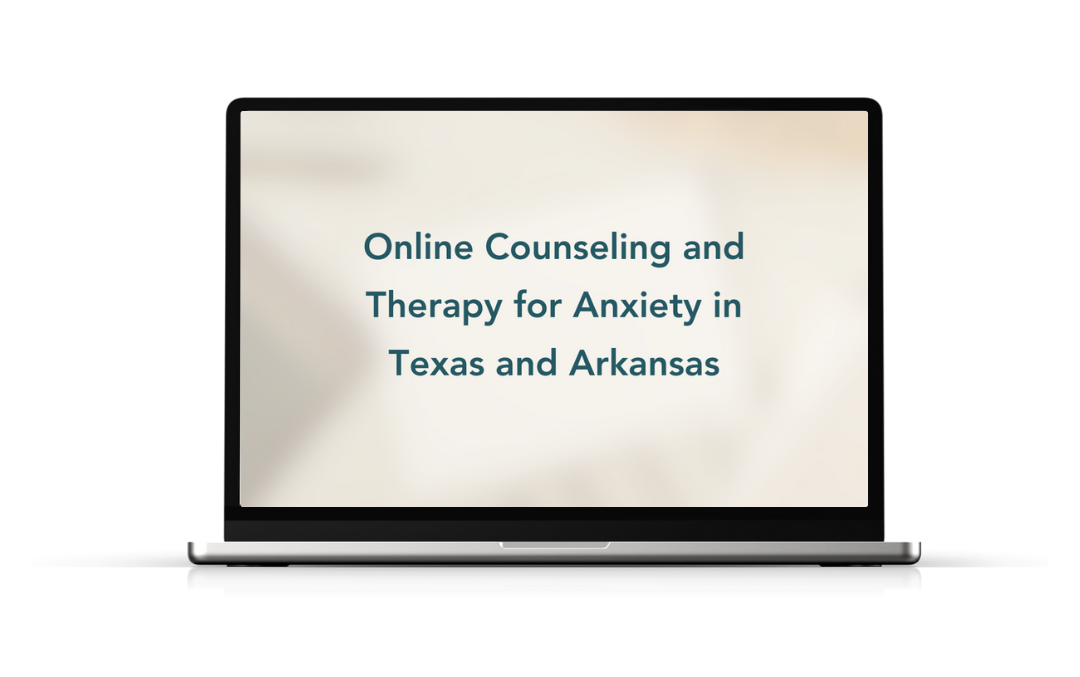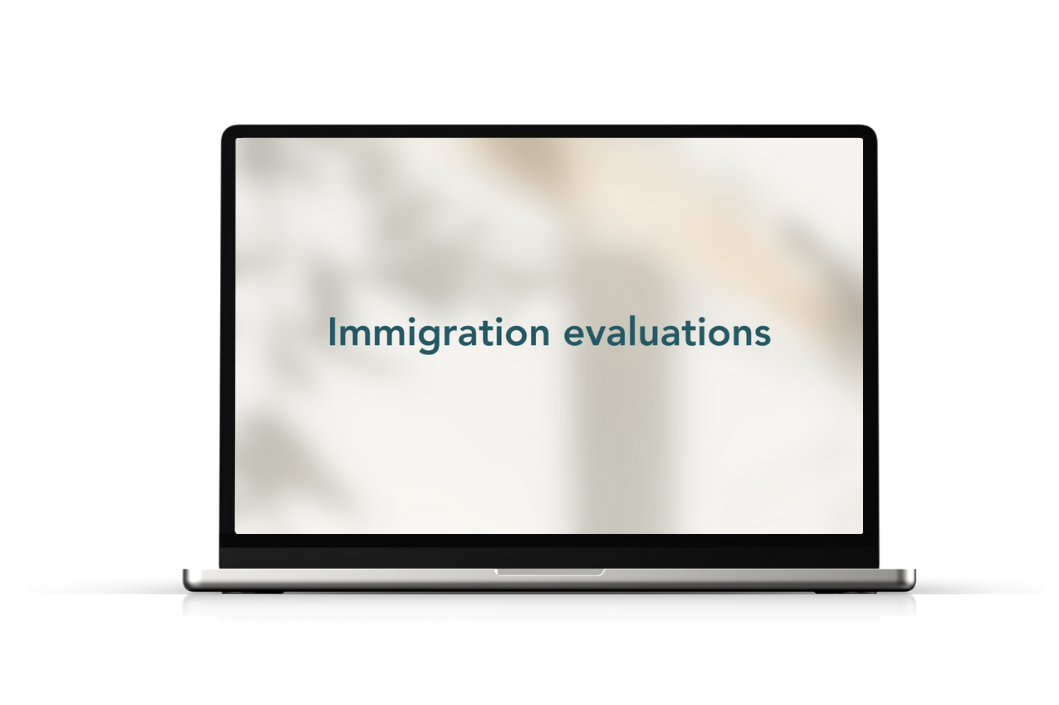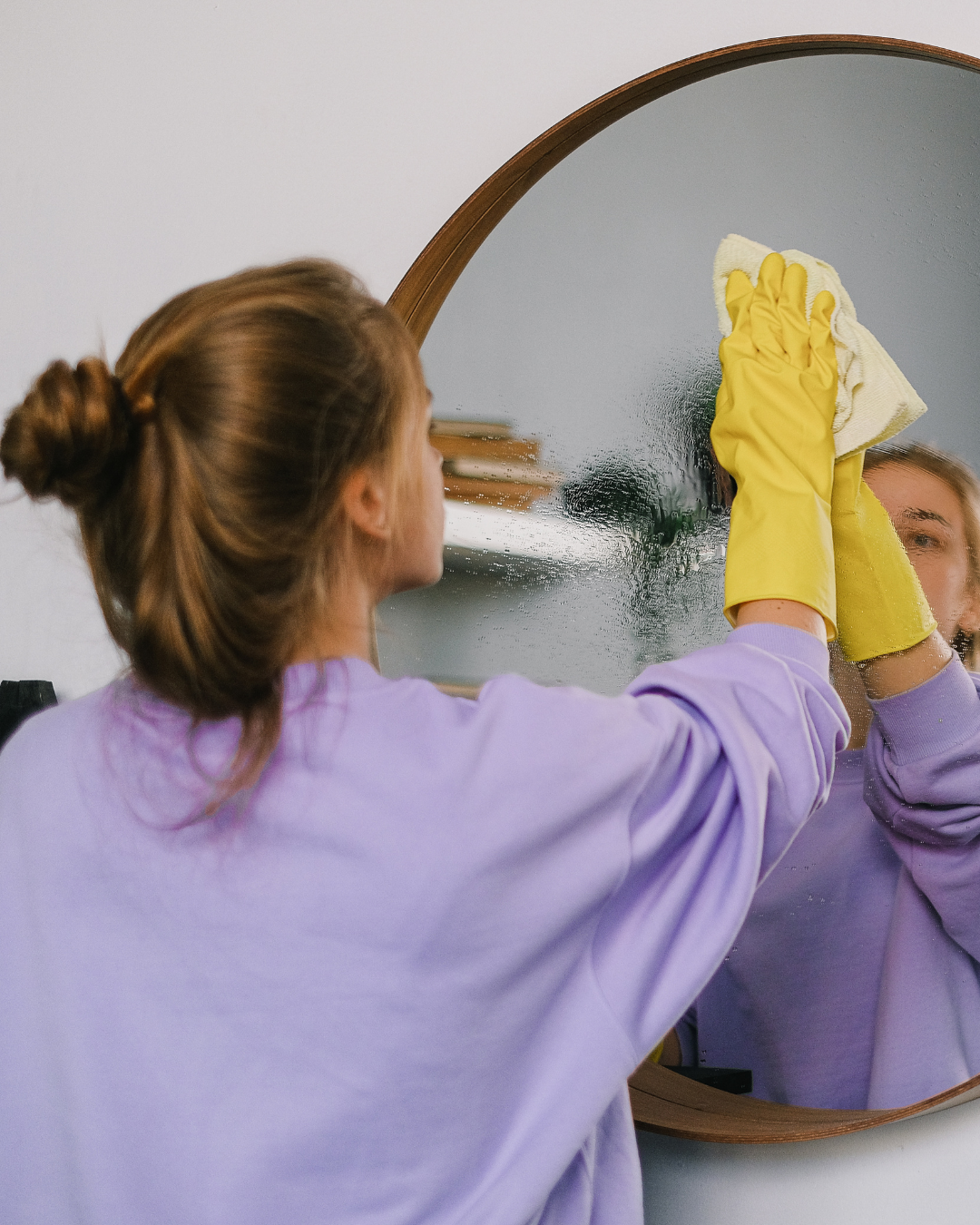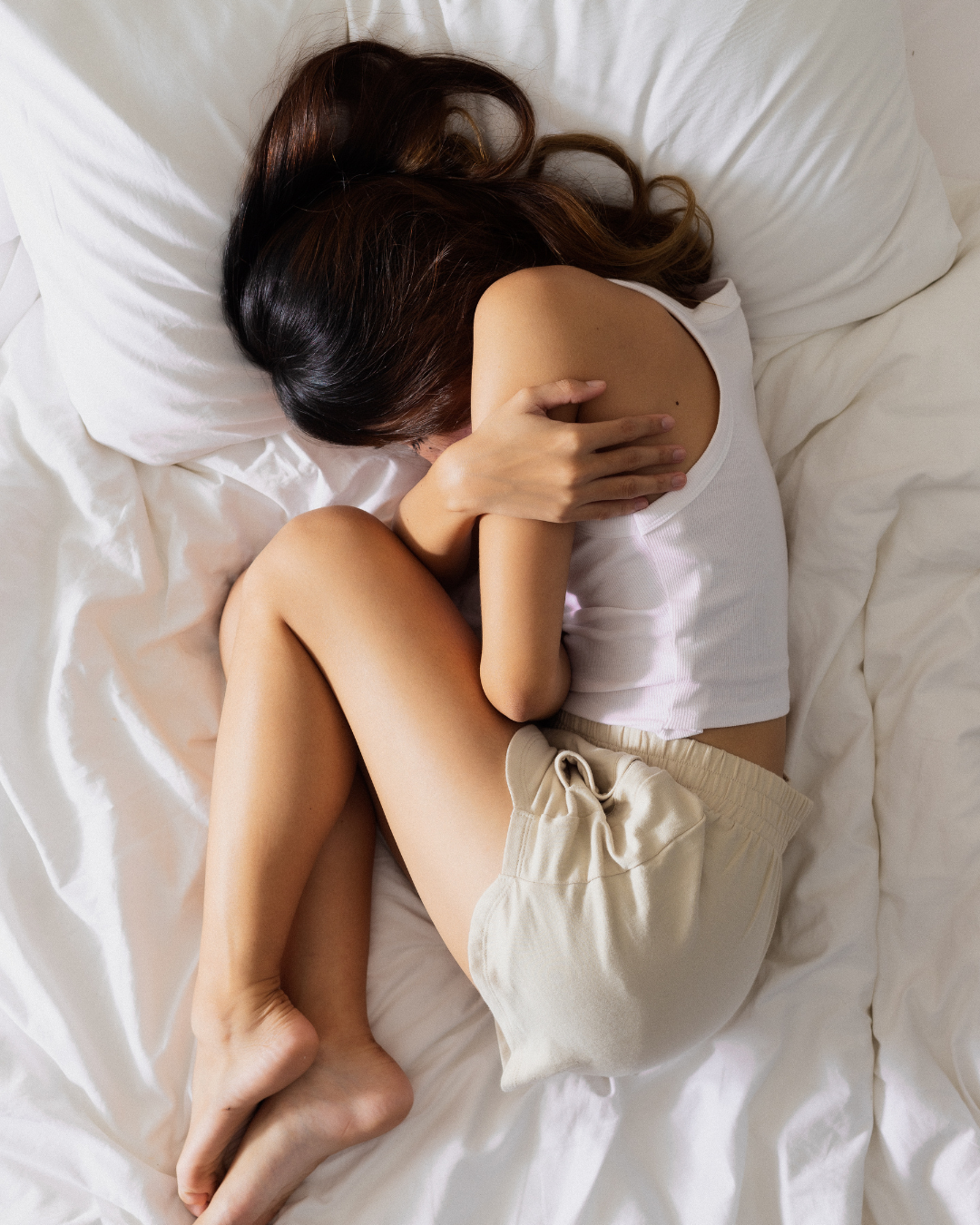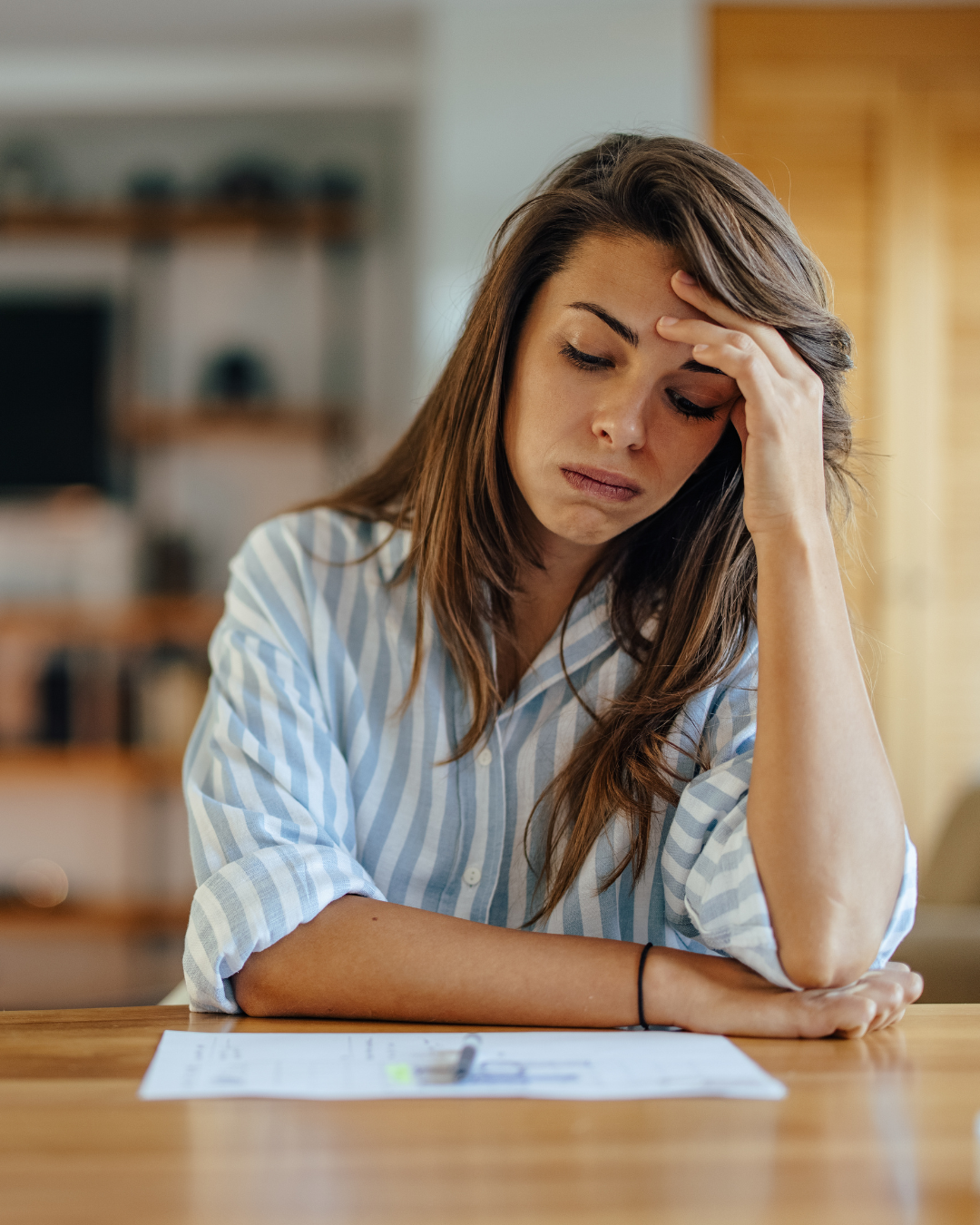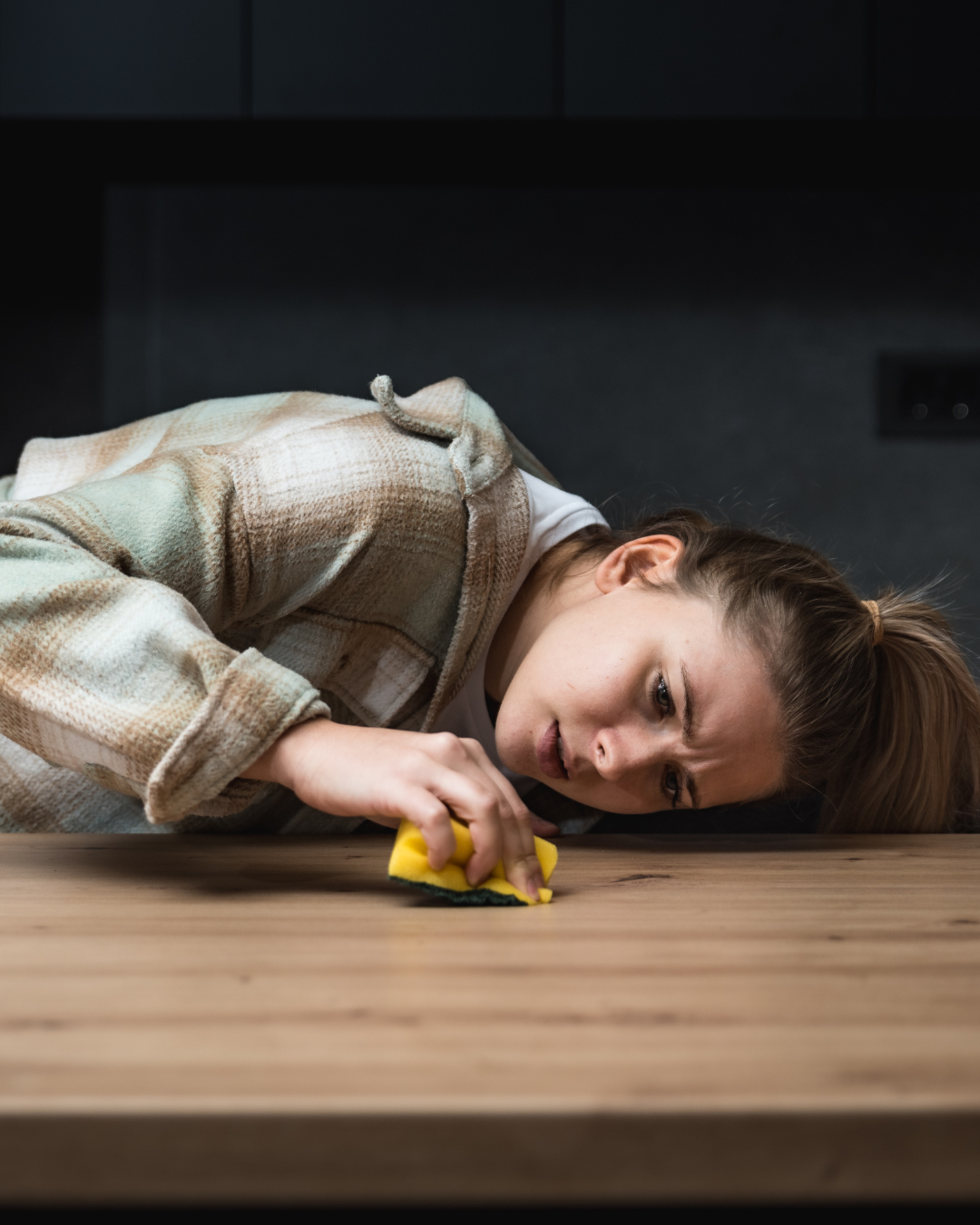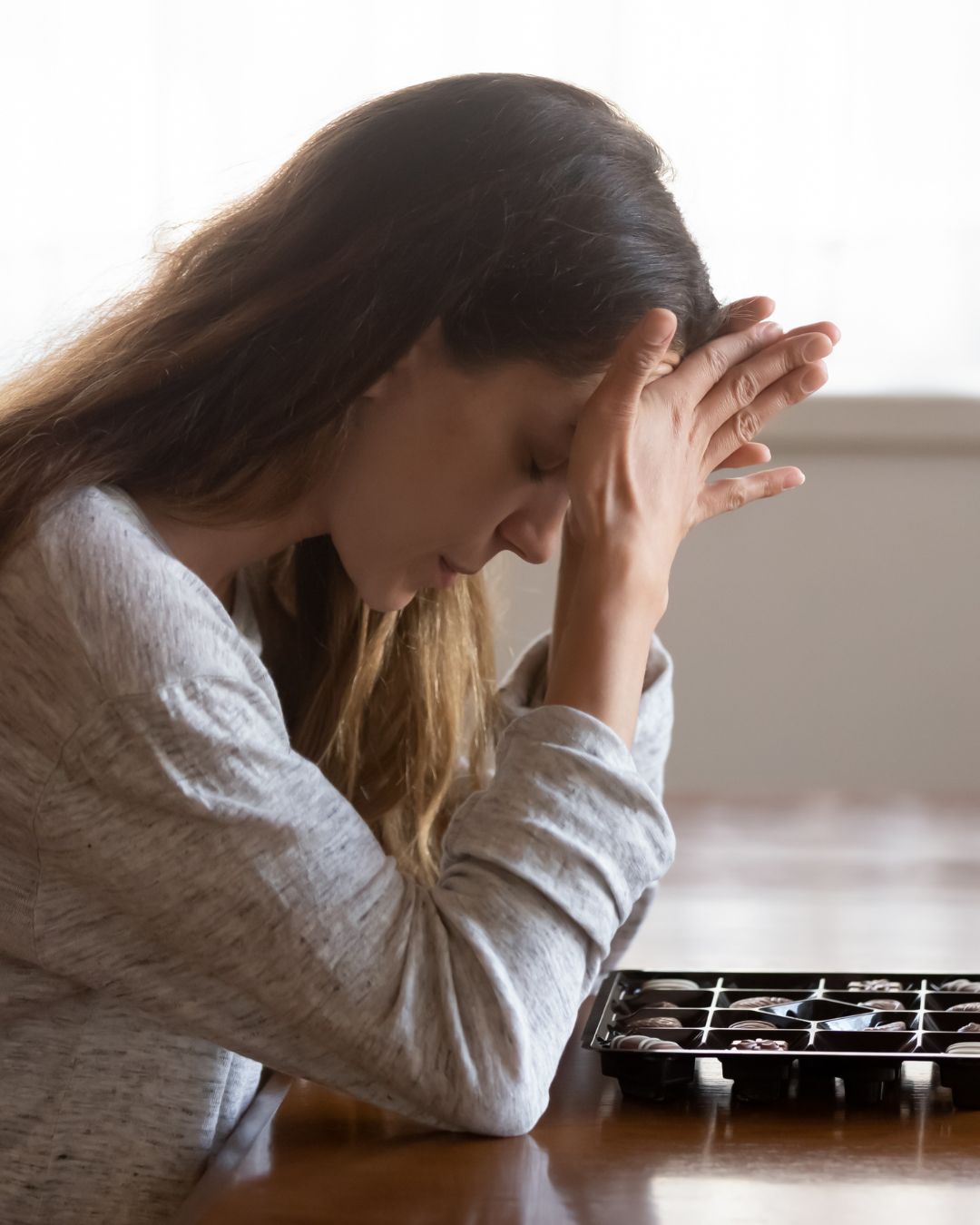Types of anxiety tests: your guide to understanding and assessing anxiety
Imagine feeling a constant knot in your stomach, a racing heart that won’t slow down, or persistent thoughts of worry you can’t control. For many people, these symptoms are daily realities. Anxiety can manifest in various ways, and identifying the type of anxiety you’re experiencing is a crucial step toward relief. Anxiety tests are tools that provide clarity and help guide effective treatment.
At Happy Autumn Counseling, we help individuals understand their anxiety and take steps toward healing. Additionally, our online therapy for women in Dallas and Texas offers accessible and flexible options for support. Let’s explore the different types of anxiety tests, how they work, and where you can take them in Texas.
Types of anxiety tests: questionnaires, behavioral tests, and self-report scales
Anxiety tests fall into three primary categories, each serving a unique purpose in assessing symptoms:
Questionnaires: simple and structured assessments
Questionnaires are commonly used to identify and measure anxiety symptoms. These are typically easy to complete and provide valuable insights into the severity and type of anxiety.
- Patient Health Questionnaire (PHQ-9): This free, online questionnaire is often used to screen for depression but also identifies anxiety-related symptoms. It tracks symptom severity over time, helping clinicians assess progress.
- Generalized Anxiety Disorder 7-item (GAD-7): This brief scale evaluates the most common symptoms of generalized anxiety disorder. It’s a quick yet reliable tool that guides diagnosis and treatment planning.
- MHA Screening: This online questionnaire asks about feelings of anxiety, worry, and restlessness. It’s an accessible way to start understanding your mental health.
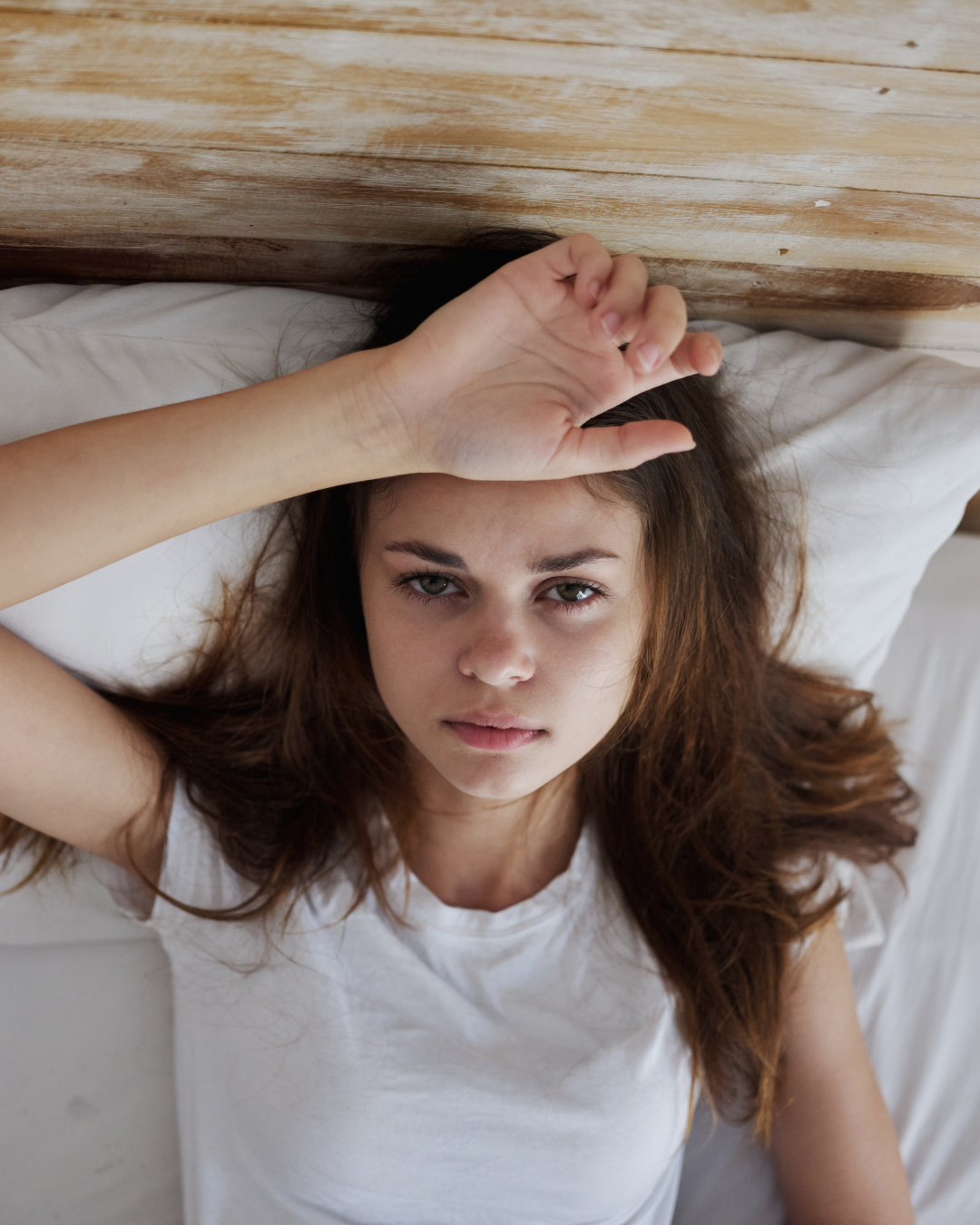
Behavioral tests: observing anxiety in action
Behavioral tests focus on how anxiety manifests through actions and reactions. These tests are often used in clinical or research settings to observe anxiety-related behaviors.
- Elevated plus maze: This test evaluates generalized anxiety disorder, specific phobias, and PTSD by observing how individuals interact with open and enclosed spaces.
- The light and dark box: Used to assess generalized anxiety disorder and specific phobias, this test measures comfort levels in different environmental conditions.
- Marble burying behavior model: This test focuses on compulsive behaviors linked to OCD, helping researchers evaluate anxiety’s physical manifestations.
- The hole board model: Ideal for assessing generalized anxiety, social anxiety disorder, and panic disorder, this test evaluates exploratory behavior and risk assessment.
Self-report scales: personal reflections on anxiety
Self-report scales rely on individuals’ honest reflections about their symptoms and experiences. They’re effective for capturing how anxiety feels on a personal level.
- Zung Self-Rating Anxiety Scale: This scale focuses on both physical and emotional symptoms of anxiety, providing a comprehensive view of its impact.
- Hamilton Anxiety Scale (HAM-A): One of the first anxiety measurement tools, HAM-A assesses a range of anxiety symptoms, from physical to emotional.
- Beck Anxiety Inventory (BAI): This tool emphasizes somatic symptoms, such as heart palpitations and shortness of breath, making it ideal for anxiety with physical manifestations.
- STAI (State-Trait Anxiety Inventory): This scale distinguishes between current (state) anxiety and long-term (trait) anxiety.
HADS-A (Hospital Anxiety and Depression Scale): Often used in medical settings, HADS-A evaluates generalized anxiety and fear, offering insights for patients in hospital environments.

How to find out your type of anxiety
Before identifying your type of anxiety, it's important to note that self-diagnosing can be inaccurate or misleading. Anxiety symptoms can vary widely, and only a licensed mental health professional can provide an accurate assessment. If you're experiencing persistent anxiety, the first step is to consult with a therapist or doctor. They will guide you through the process and recommend the appropriate next steps.
Once you've spoken with a professional, identifying your type of anxiety may involve:
- Taking a test: Your therapist or doctor may use a questionnaire, behavioral test, or self-report scale to assess your symptoms.
- Reviewing results with a professional: A licensed therapist will help interpret your test results and determine the most accurate diagnosis.
- Exploring treatment options: Once your anxiety type is identified, a tailored treatment plan—such as cognitive behavioral therapy (CBT), medication, or exposure therapy—can be developed.
- Tracking progress: Regular therapy sessions and follow-ups ensure that your treatment remains effective and is adjusted as needed.
At Happy Autumn Counseling, we specialize in diagnosing and treating all types of anxiety. Our online therapy services provide flexible, accessible care tailored to your needs.

Anxiety tests you can take in Texas
Yes, anyone experiencing anxiety symptoms can take an initial self-assessment to gain insight into their mental health. However, it’s important to understand that self-tests do not provide a clinical diagnosis. A licensed mental health professional should always review the results to offer accurate guidance and appropriate treatment options.
The steps outlined for obtaining an anxiety assessment in Texas are based on information from reputable sources. Here are the links to the relevant resources:
- Start with a self-screening tool:
- Mental Health America (MHA) offers a free, confidential online anxiety screening tool to help identify symptoms.
- Or you can also inquire with us so we hop on a discovery call and see if you need an anxiety test and what next steps to take.
- Contact a mental health professional:
- The Texas Health and Human Services (HHS) provides resources to locate local mental health authorities for professional evaluations.
- Schedule an in-depth evaluation:
- Licensed clinicians conduct comprehensive assessments to determine the severity and type of anxiety, utilizing standardized diagnostic tools.
- Develop a treatment plan:
- Based on the evaluation, mental health professionals recommend personalized treatment plans, which may include Cognitive Behavioral Therapy (CBT), Exposure and Response Prevention (ERP), or trauma-informed care.
- Monitor your progress:
- Regular therapy sessions and follow-ups are essential to track progress and adjust treatment strategies as needed.
For professional support in understanding and managing anxiety, Happy Autumn Counseling offers online therapy services in Texas and Arkansas. They can guide you through the assessment and treatment process.
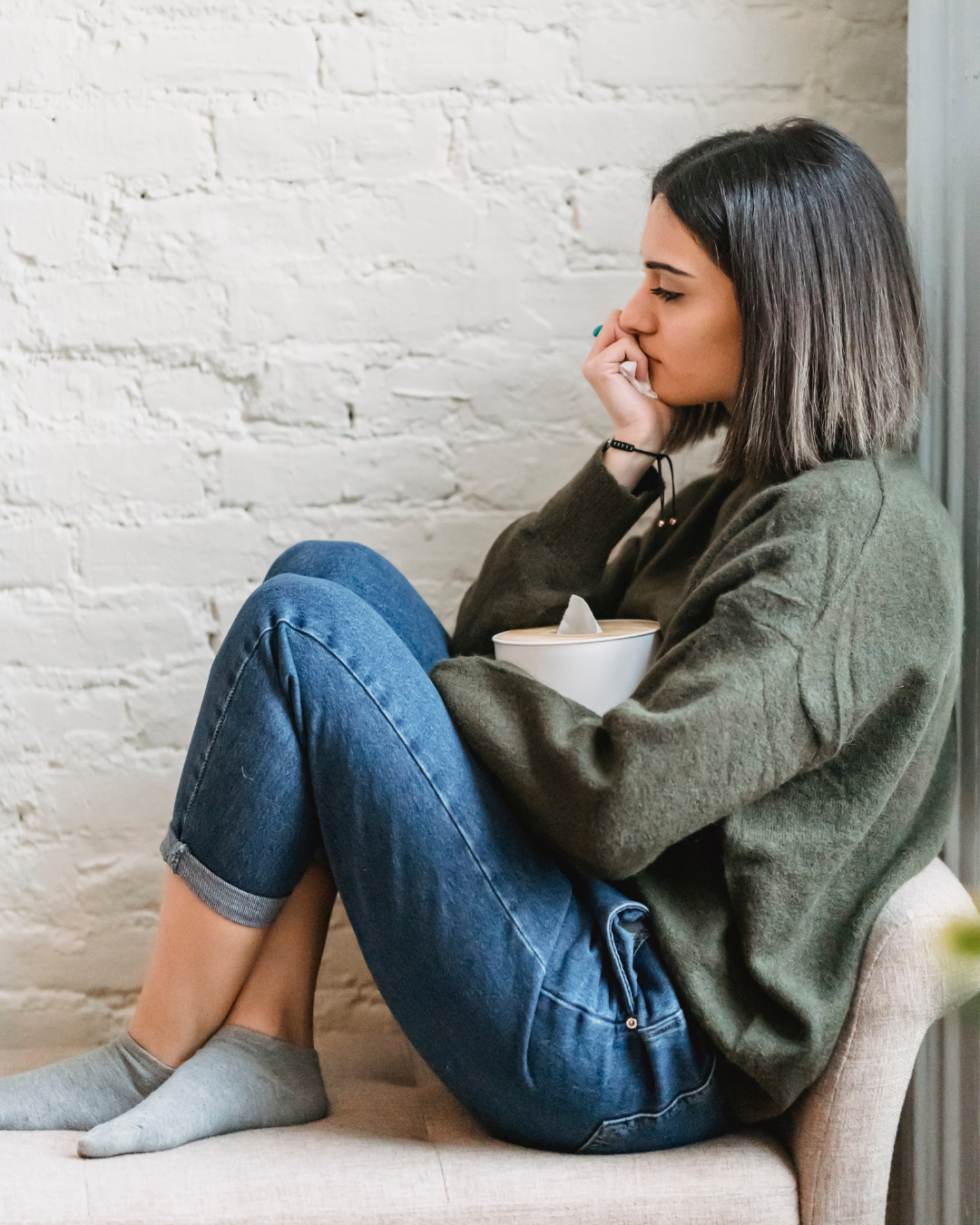
What is the 3-3-3 rule for anxiety?
The 3-3-3 rule is a simple grounding technique to help manage anxiety in the moment. Here’s how it works:
- Name three things you see: Look around and identify three objects in your environment.
- Identify three things you hear: Tune in to sounds around you, like birds chirping or cars passing.
- Move three parts of your body: Wiggle your fingers, roll your shoulders, or rotate your ankles.
This technique helps anchor you in the present moment, reducing feelings of panic or overwhelm. Practicing the 3-3-3 rule regularly can make it an accessible tool during moments of heightened stress.
Is test anxiety a disorder?
Test anxiety is a specific type of performance anxiety. While it’s not classified as a standalone disorder, its symptoms can be intense and debilitating. Common signs of test anxiety include:
- Racing thoughts or difficulty concentrating during exams.
- Physical symptoms like sweating, nausea, or trembling.
- Fear of failure or perfectionism that interferes with performance.
Tips to manage test anxiety:
- Prepare thoroughly: Confidence in the material can reduce anxiety.
- Use relaxation techniques: Practice deep breathing or visualization before the exam.
- Break tasks into smaller steps: Focus on one question at a time to avoid feeling overwhelmed.
- Seek accommodations: If test anxiety is severe, speak to your school or workplace about possible accommodations.
If test anxiety is affecting your daily life, therapy can help. Techniques like CBT and mindfulness are particularly effective in addressing performance anxiety.

Ready to take the next step? Find clarity with coping with anxiety
Understanding your anxiety is the first step to reclaiming your peace of mind. At Happy Autumn Counseling, we provide expert guidance and support for all types of anxiety. Through online therapy, we ensure that women across Texas can access the care they need, no matter their location. Whether you’re seeking a diagnosis or ready to begin therapy, we’re here to help. Explore more anxiety symptoms here.
Schedule your consultation today and take the first step toward understanding and managing your anxiety.
*AI Disclosure: This content may contain sections generated with AI with the purpose of providing you with condensed helpful and relevant content, however all personal opinions are 100% human made as well as the blog post structure, outline and key takeaways.
*Blog Disclaimer: Please note that reading our blog does not replace any mental health therapy or medical advice.
The content shared on this blog is for informational and educational purposes only and does not constitute therapeutic advice or a substitute for professional mental health services. Reading this blog does not establish a therapist-client relationship. If you are in need of mental health support, please seek help from a licensed professional in your area.

Hello! you
Welcome to Happy Autumn Counseling.
We are a virtual group practice of bilingual therapists passionate about supporting you through life’s challenges. Whether you’re dealing with anxiety, trauma, OCD, substance abuse, or any mental health issue, our goal is to help you regain control, tackle stress, and empower you to thrive.
Grab my free journaling workbook
